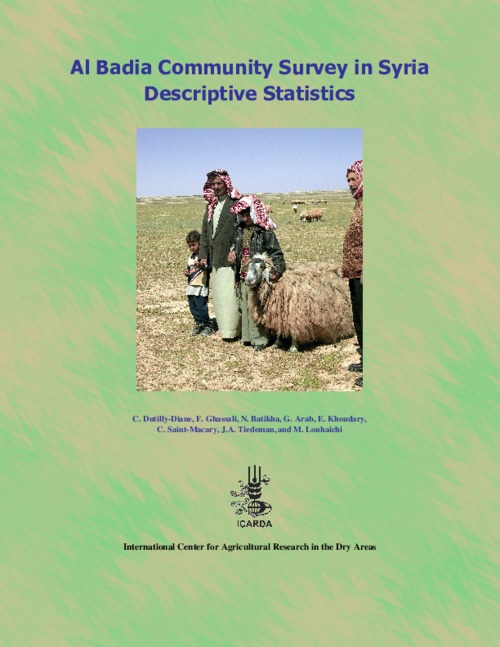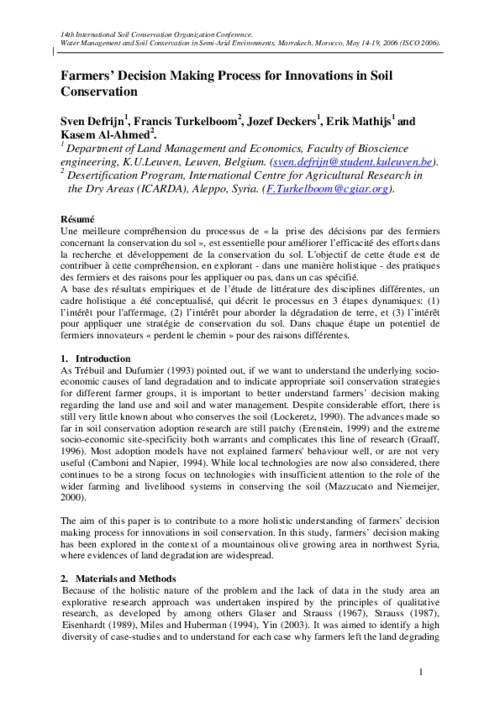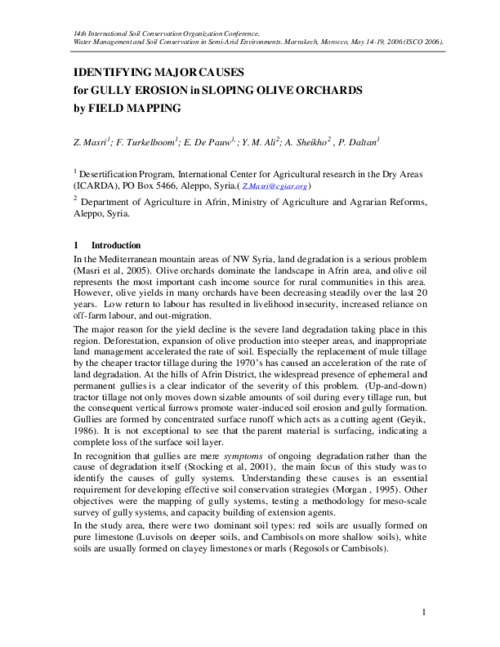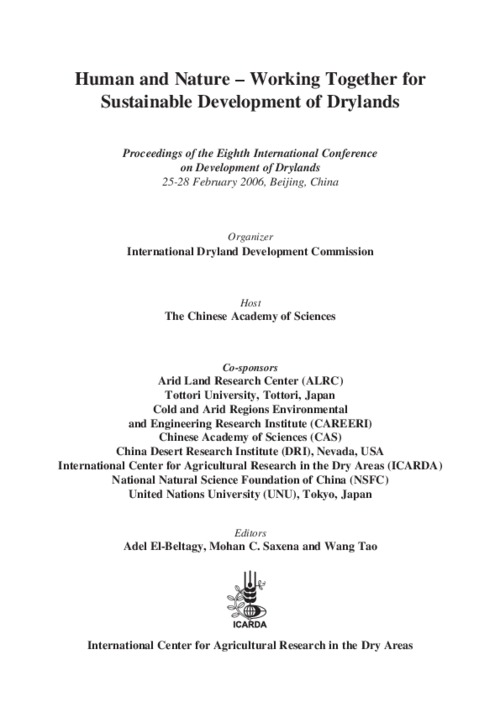Environmental Economics Toolkit: Analyzing the Economic Costs of Land Degradation& the benefits of Sustainable Land Management.
This Toolkit has been prepared to support the design and implementation of Sustainable Land Management (SLM) programs. The specific purpose of the Toolkit is: to inform the user of the approaches that can be followed to analyze and value the economic costs of land degradation and the benefits of sustainable land management. ‘Land’ is interpreted broadly in the Toolkit, also including wetlands and coastal zones. The Toolkit contains five Tools that together present a detailed description of the various relevant ecological and economic assessment methodologies.












